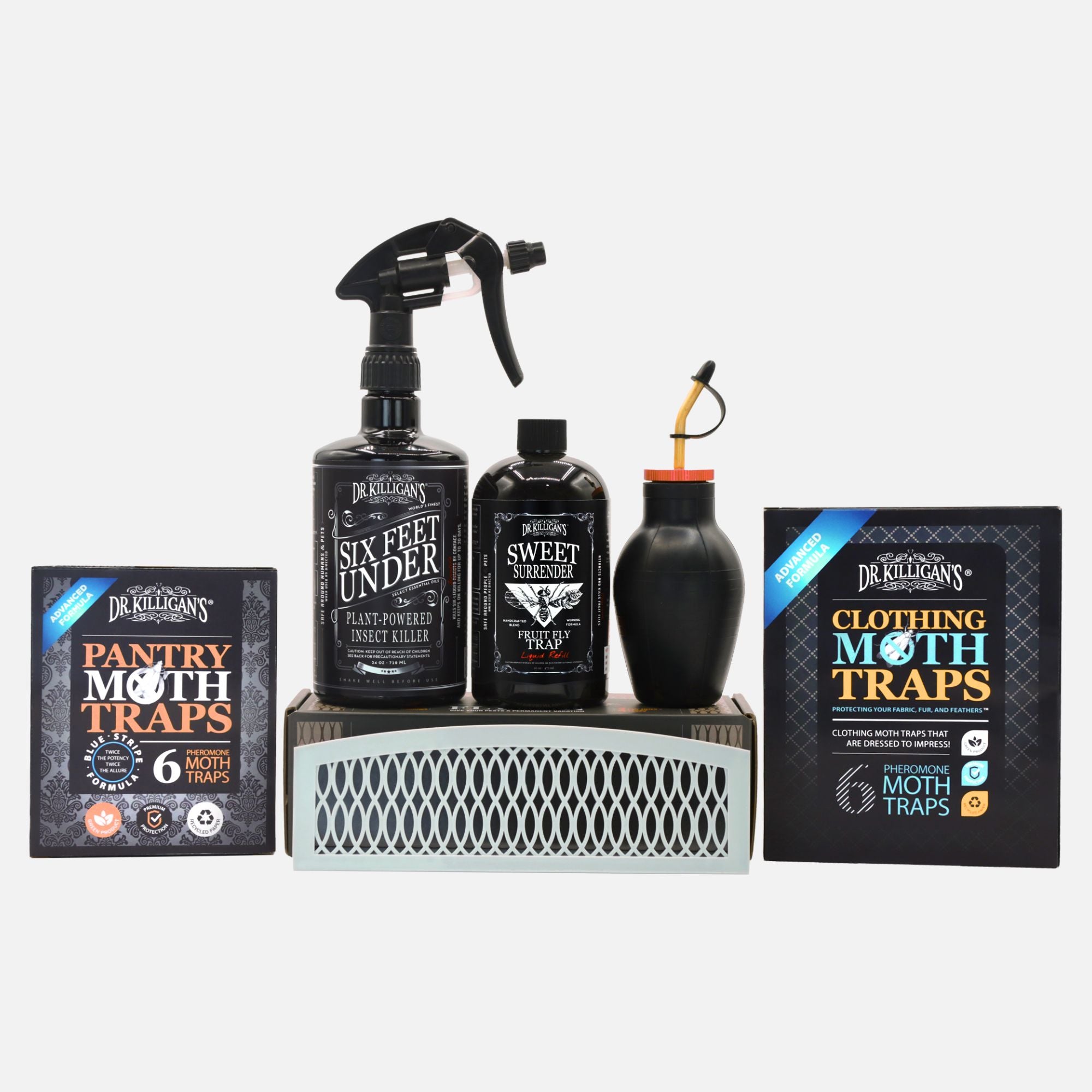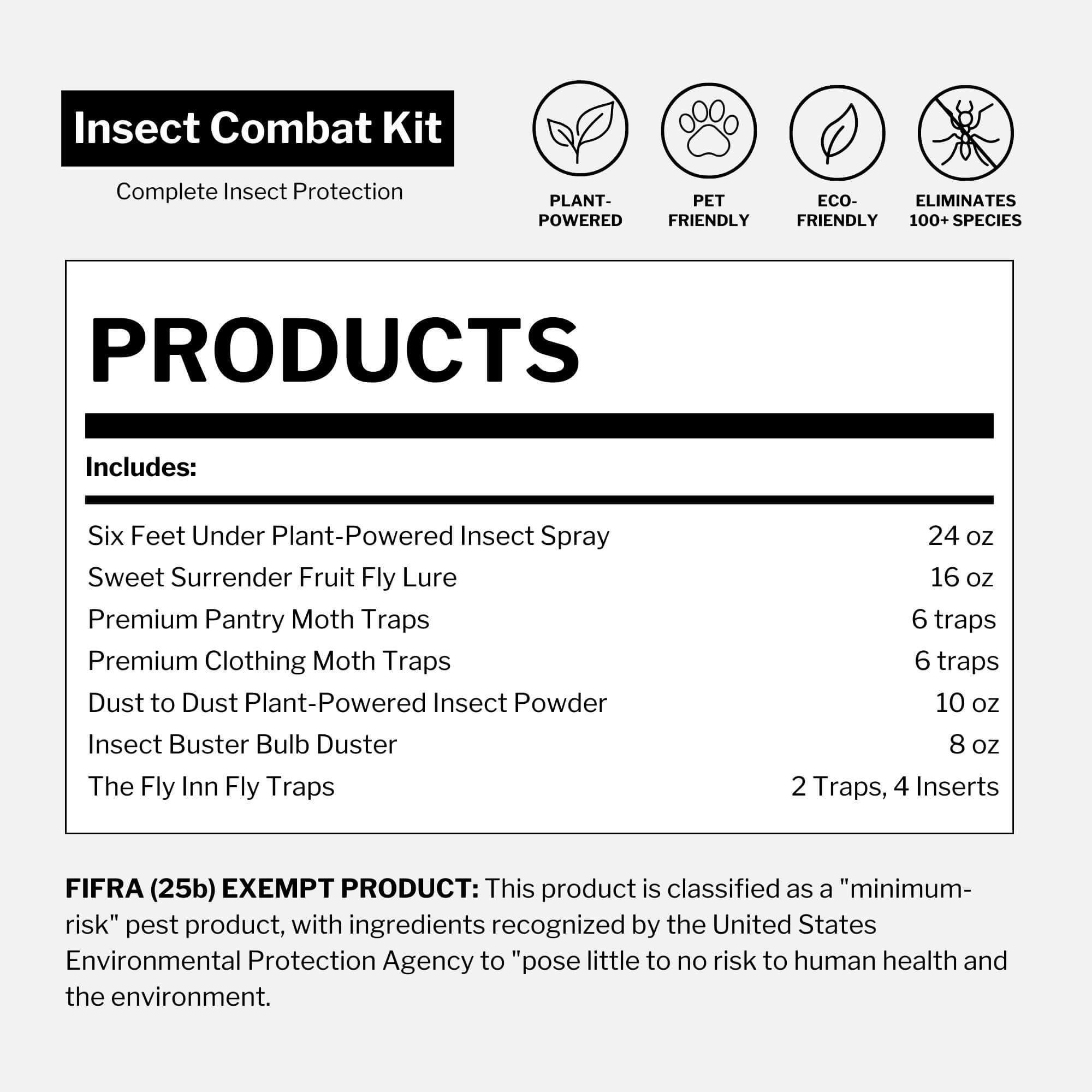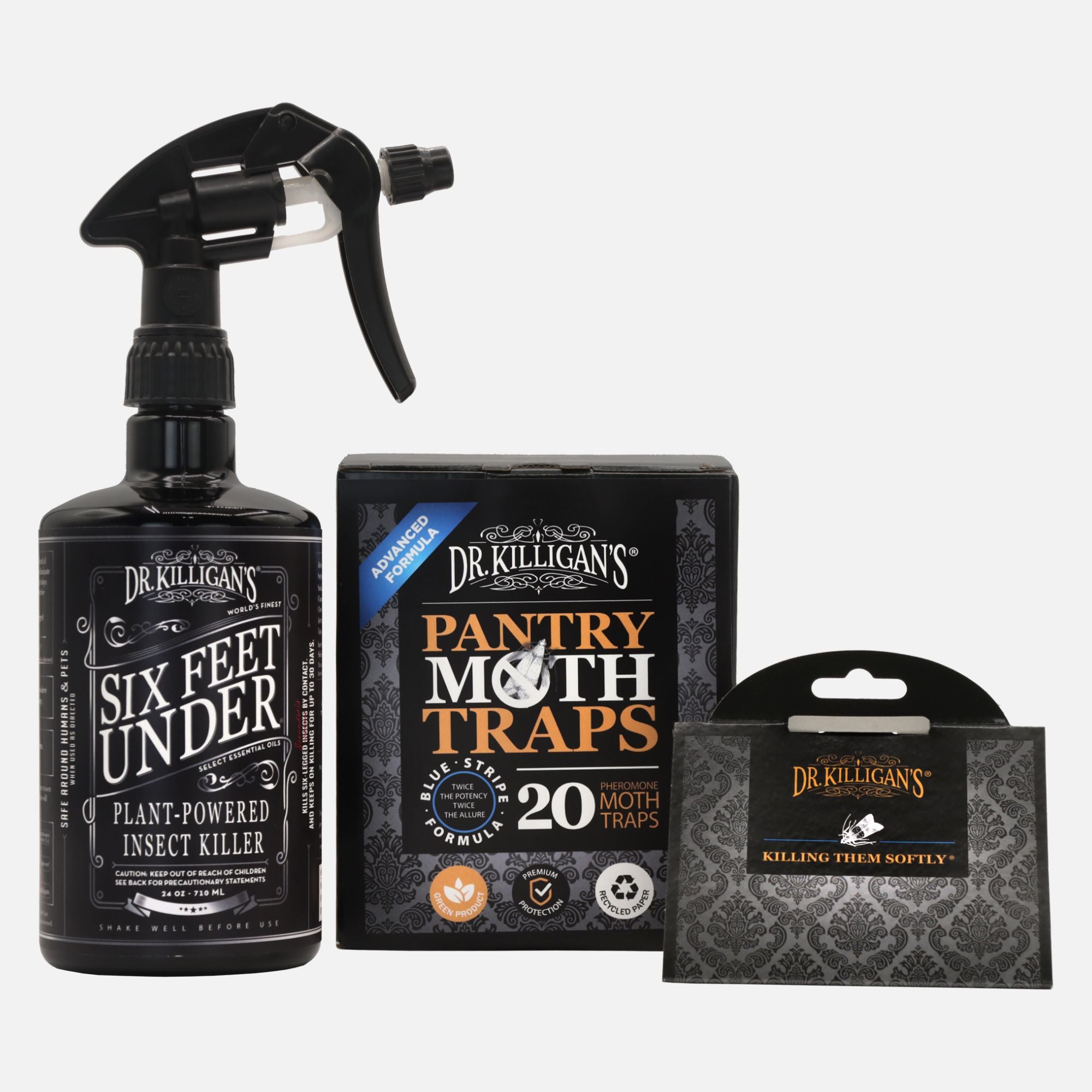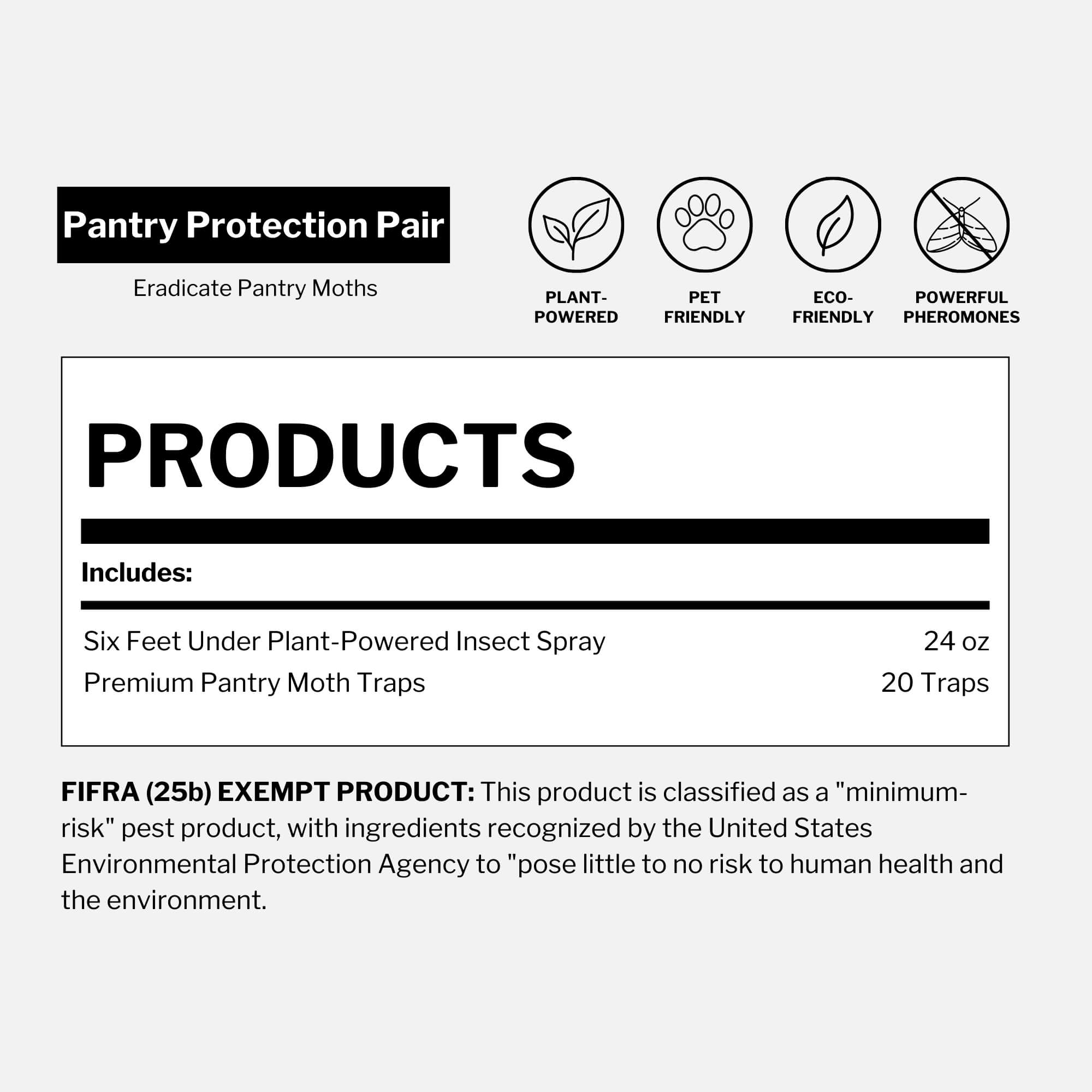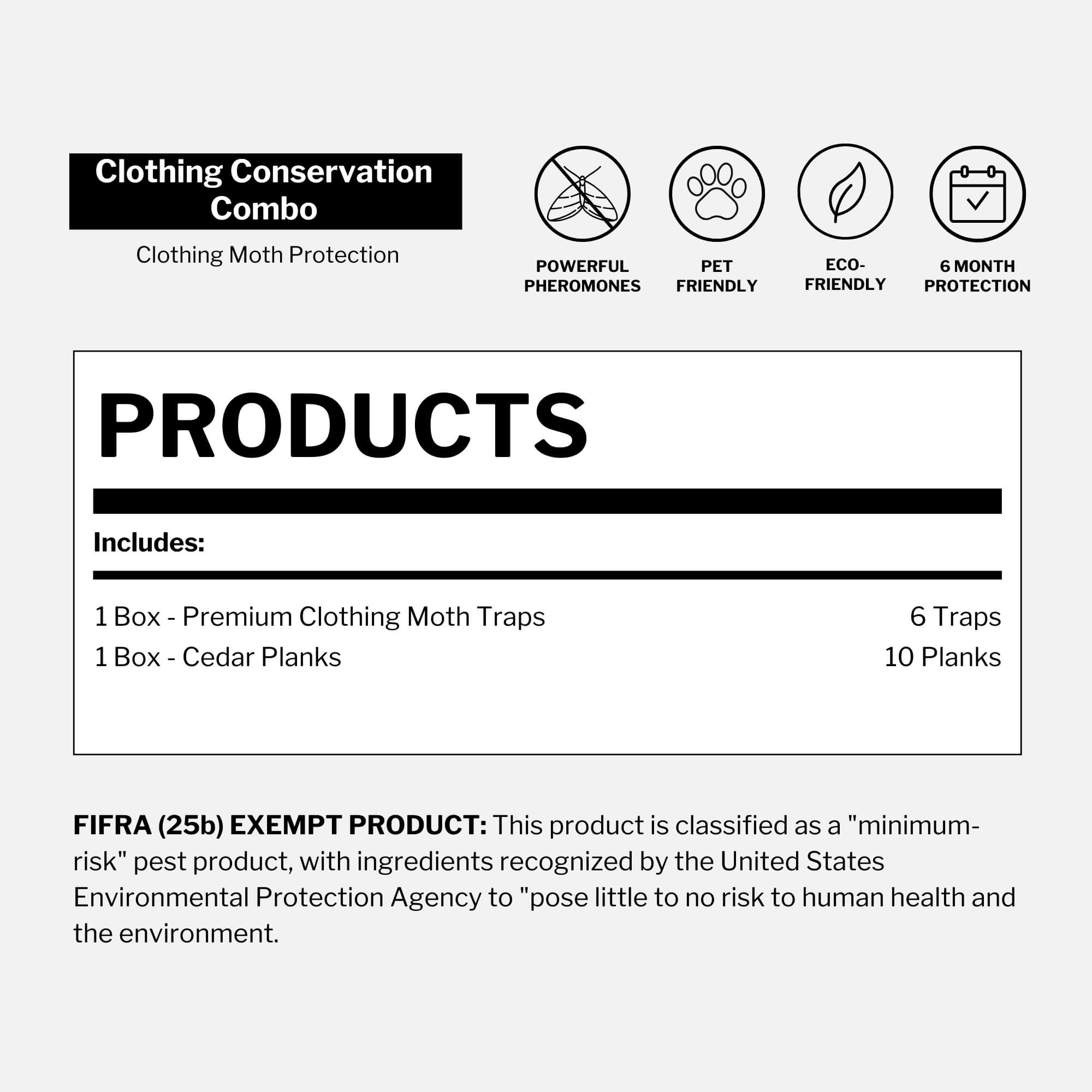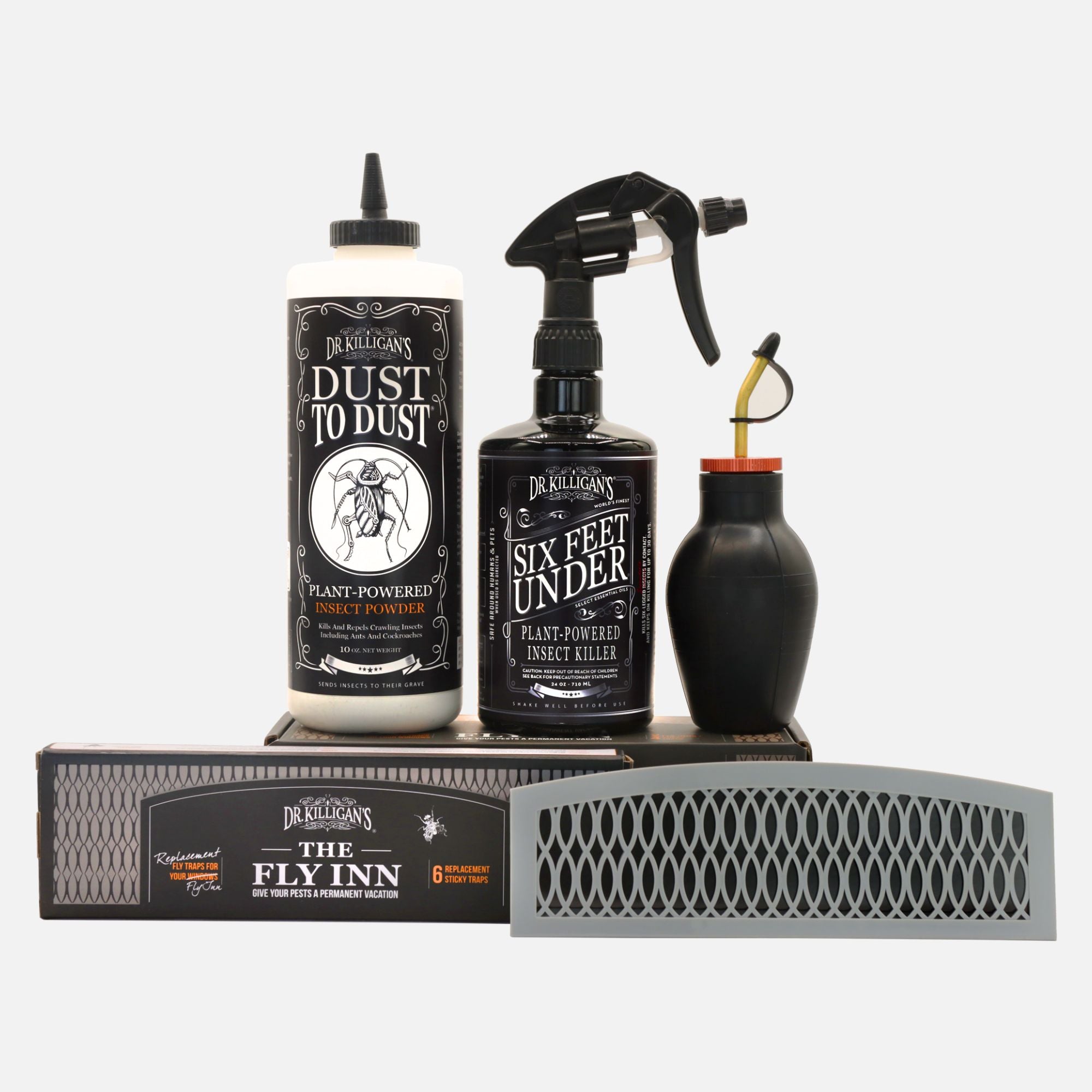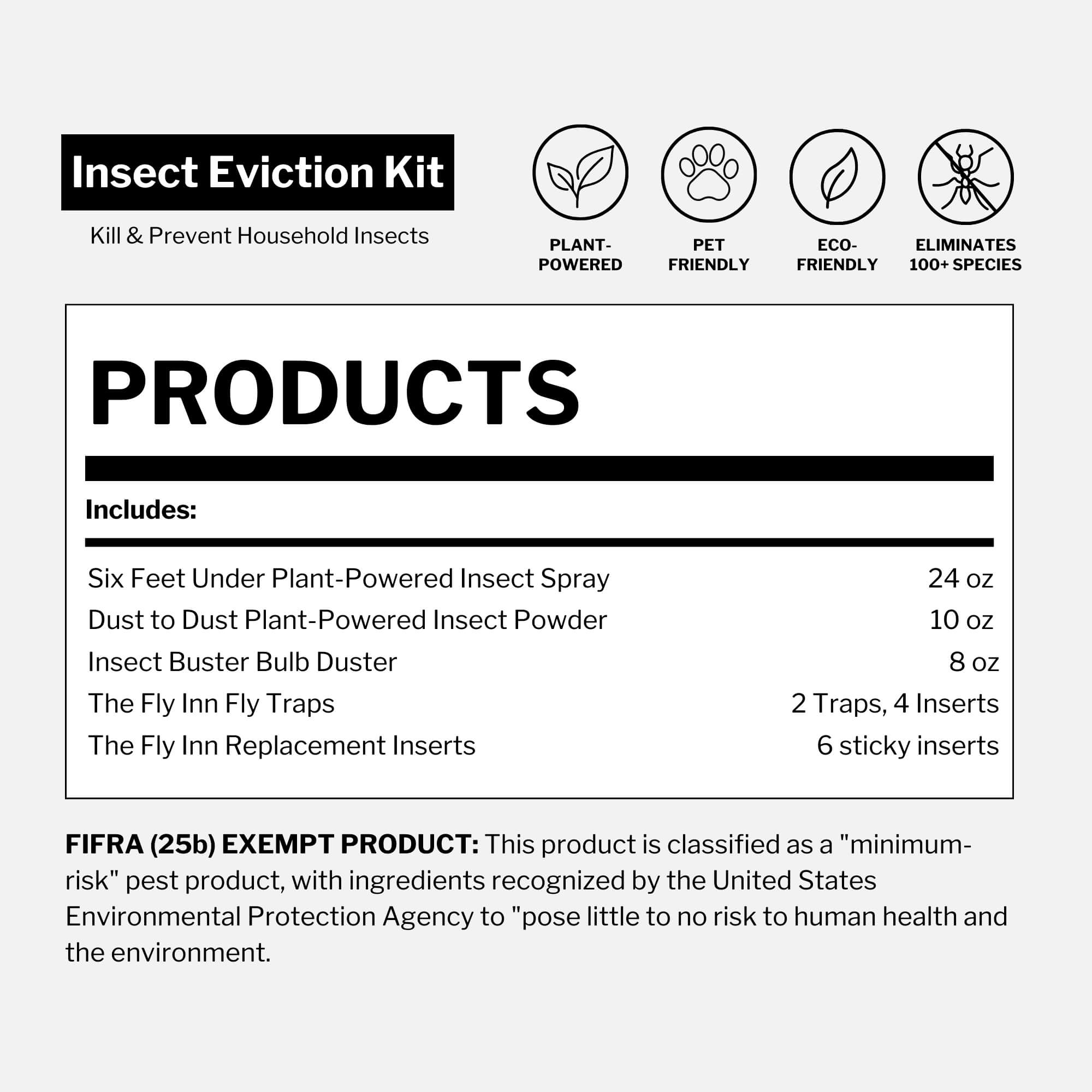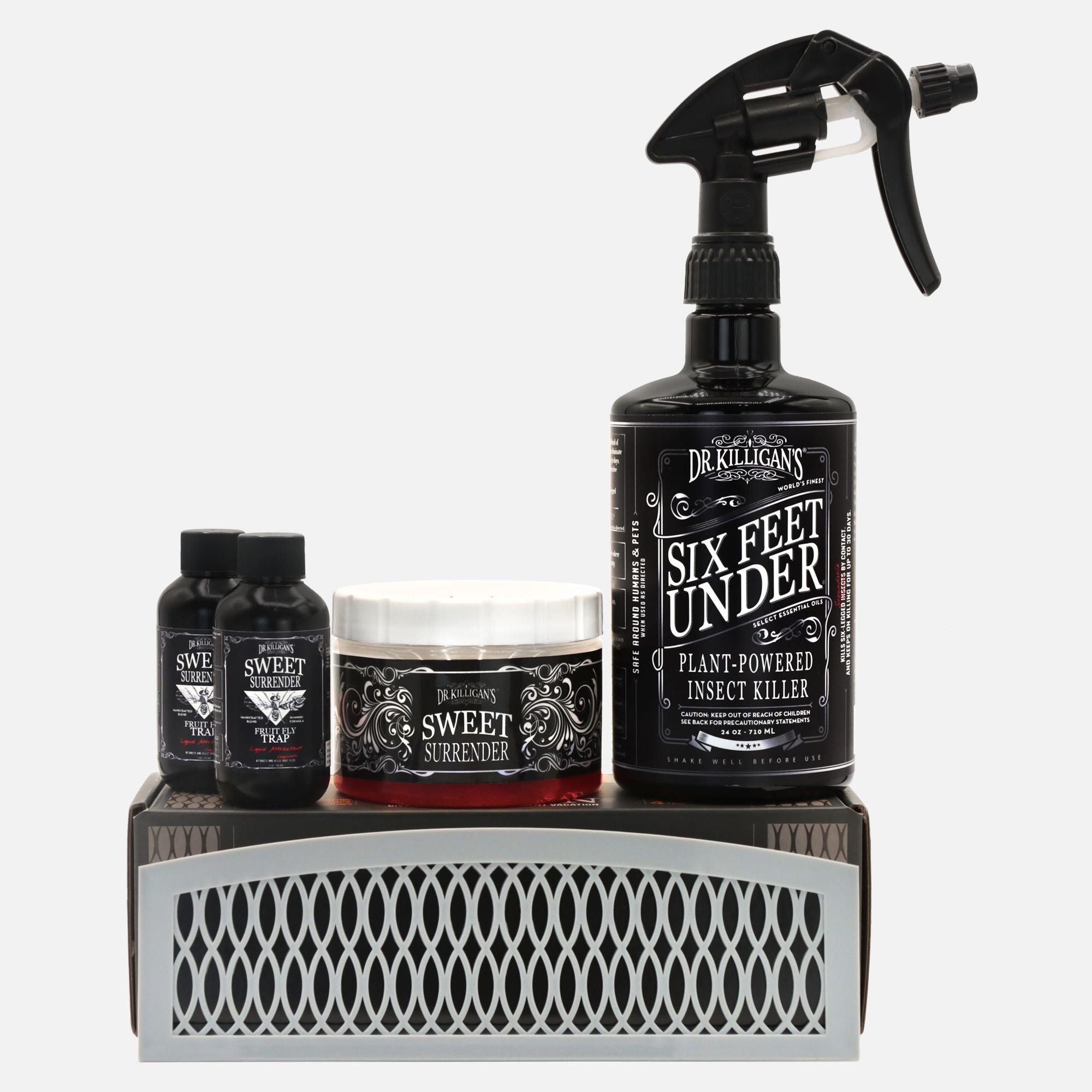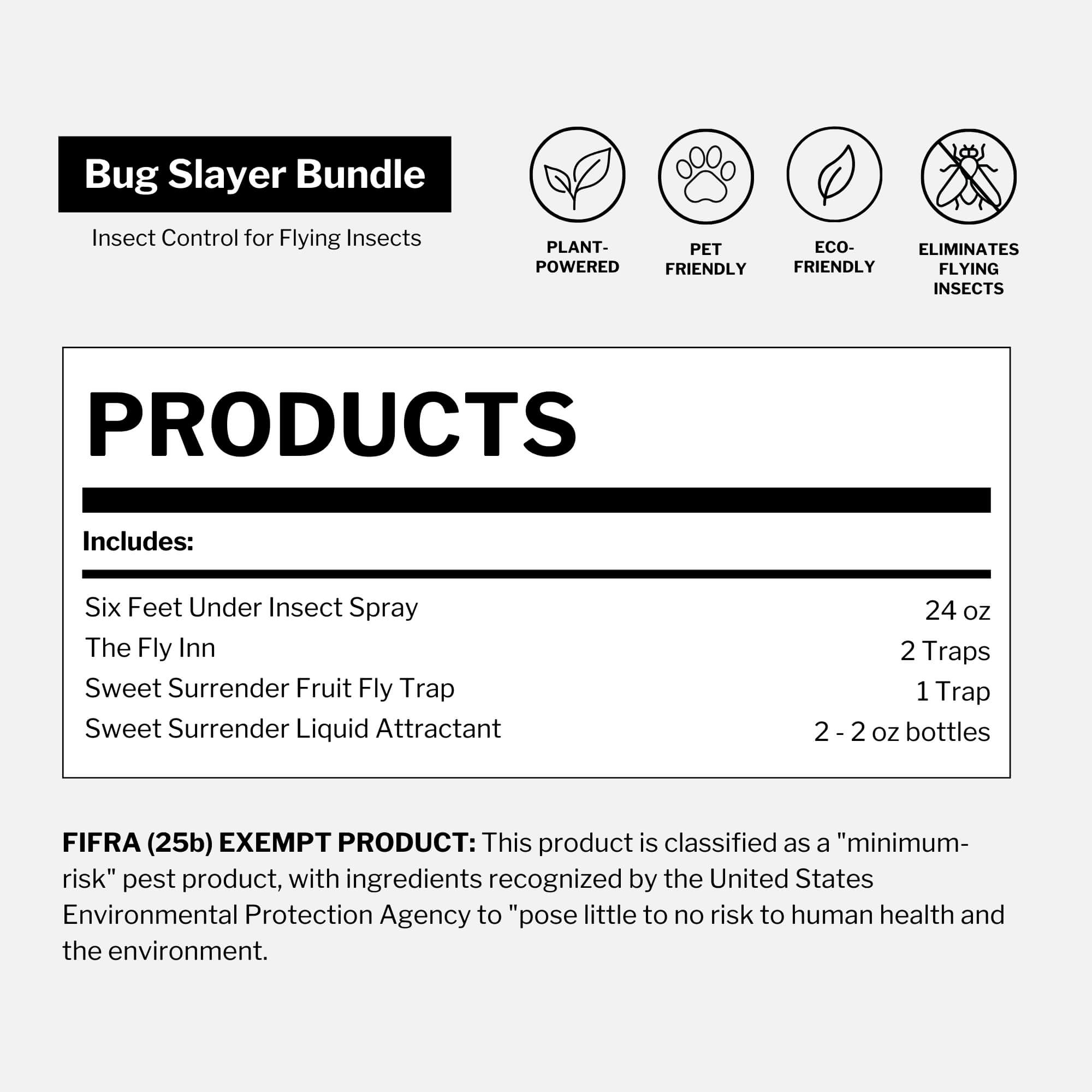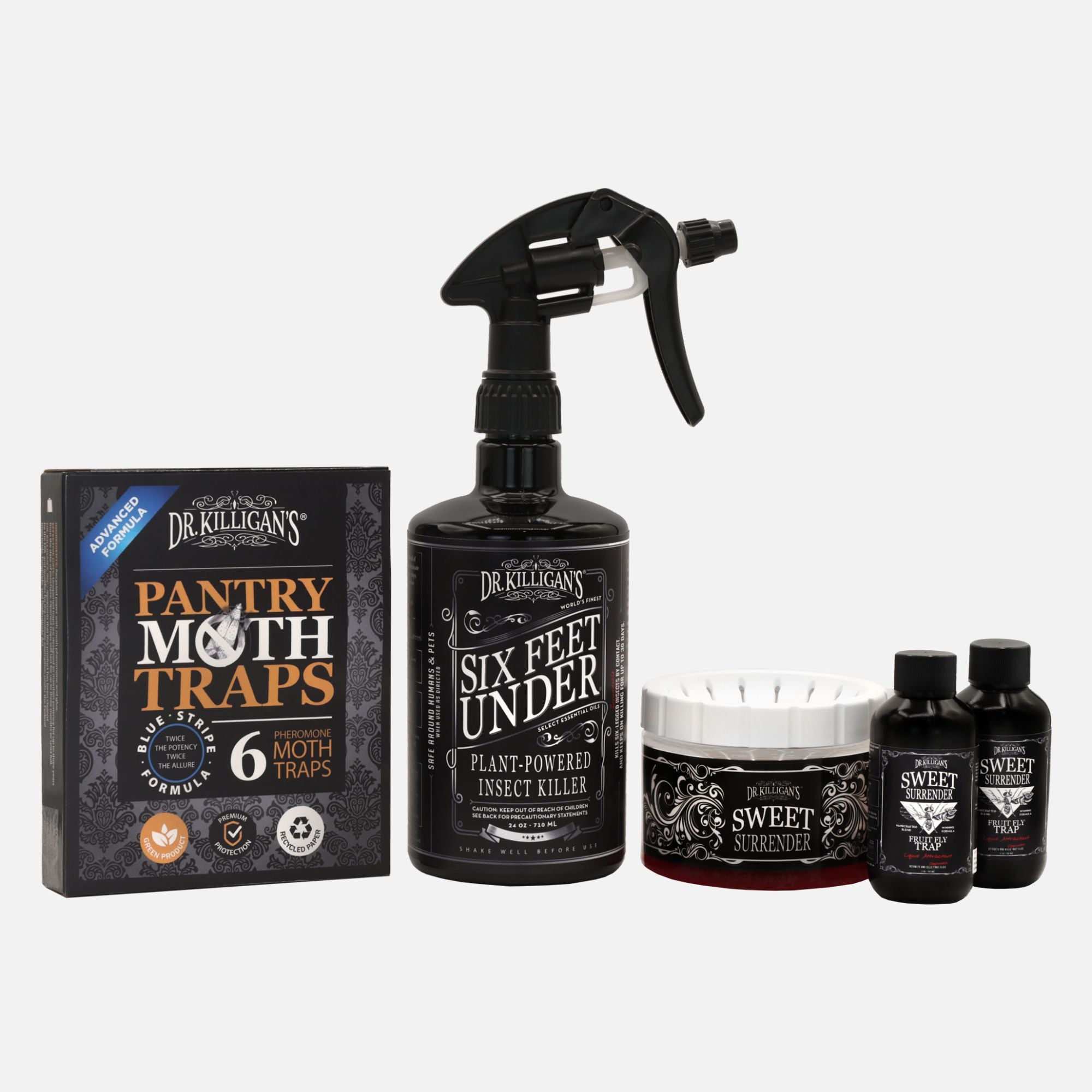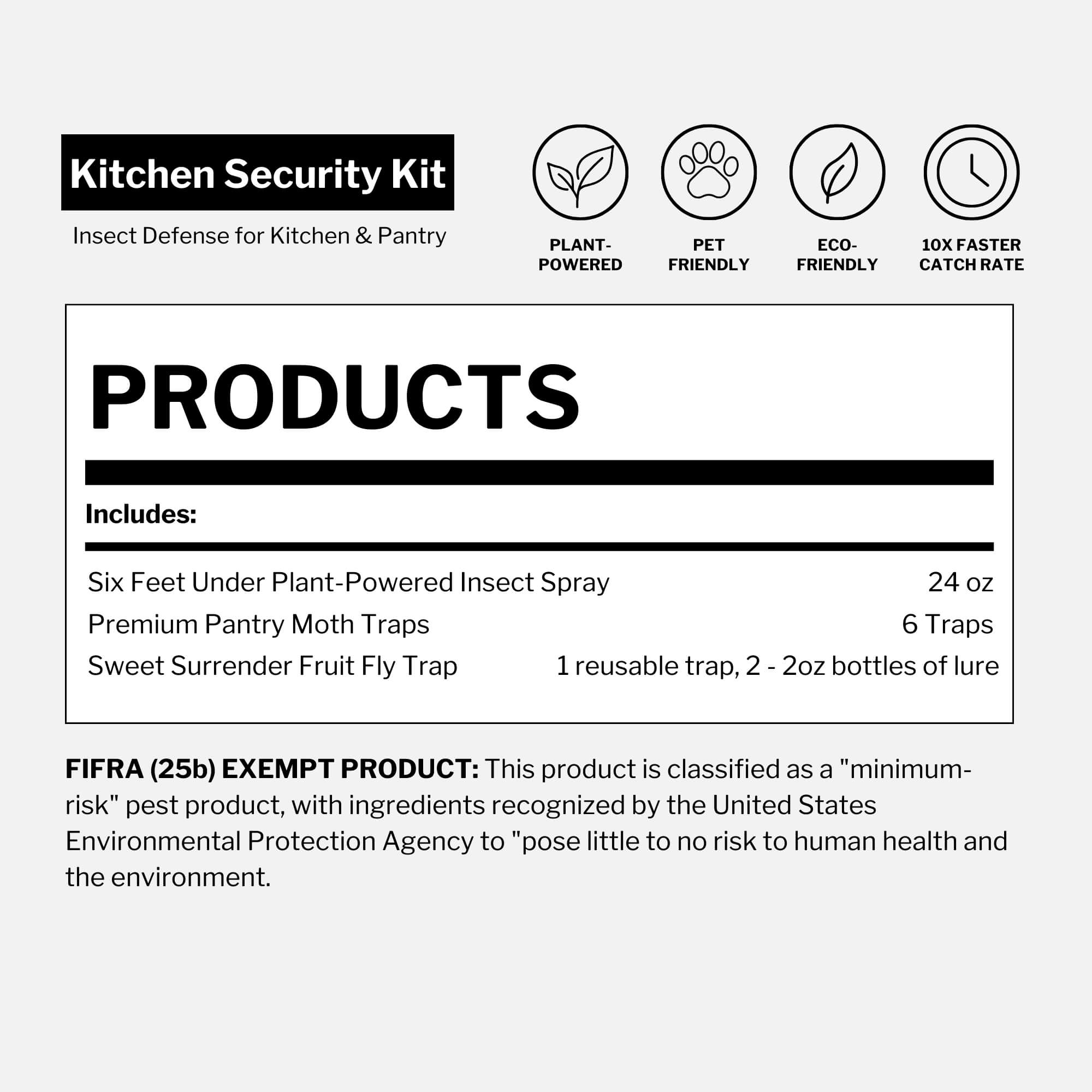Updated on March 26th, 2025
The United States is home to millions of insect species—many of which you’ll never notice, even if they’re crawling right under your nose. While most of us are familiar with flies, ants, roaches and spiders, two lesser-known intruders quietly wreak havoc indoors: silverfish and earwigs.
Silverfish and earwigs differ in appearance, behavior and diet. Silverfish are slender, silver insects that feed on starches and thrive in dark, moist areas. Earwigs are brown with rear pincers, prefer decaying matter or plants and are often found in gardens or damp indoor spaces. Neither poses a direct threat to humans, but both can be persistent—and unsettling—household pests.
In this guide, we’ll explore the key differences between silverfish vs earwig—from diet and damage to prevention and elimination.
What are silverfish?
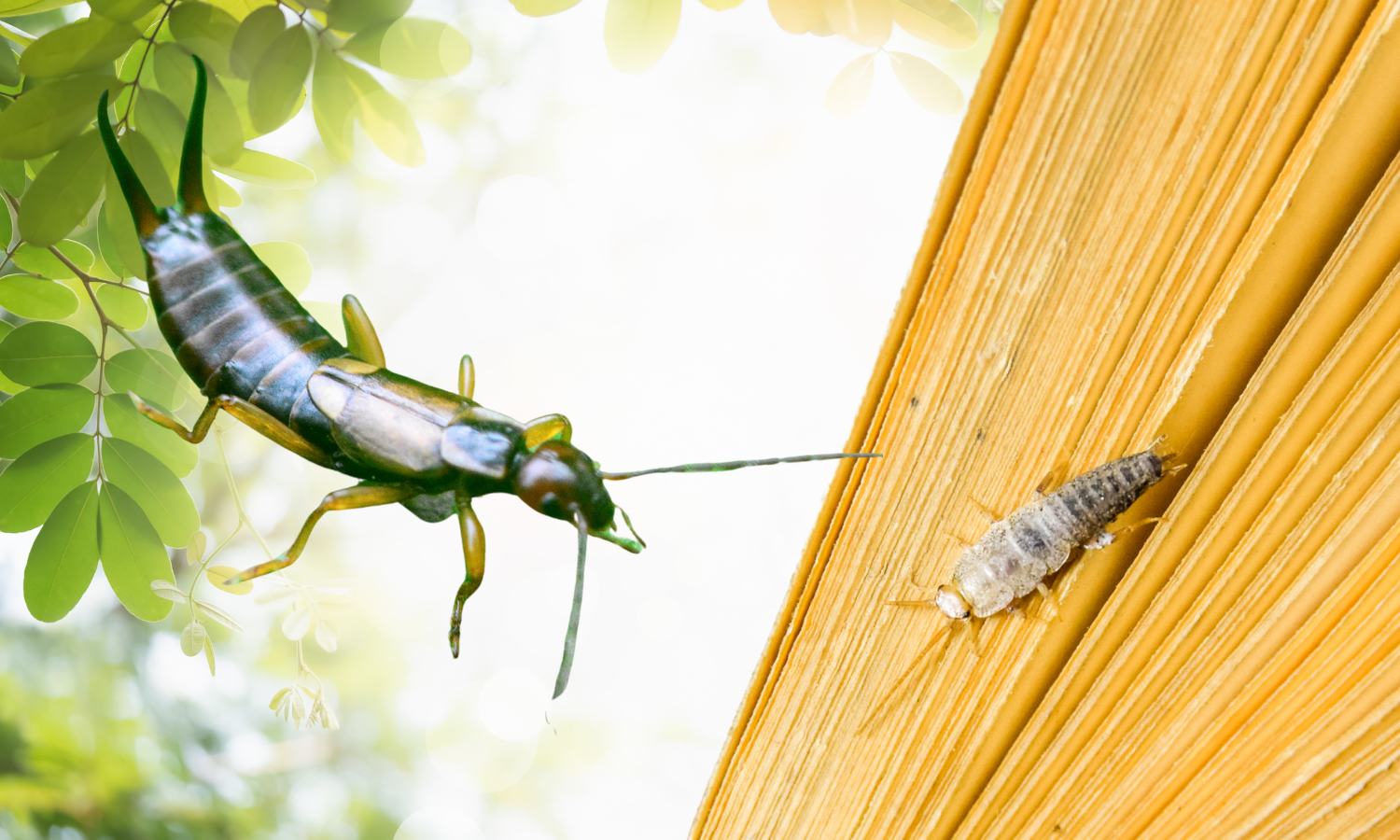
Even if you didn’t know what you were looking at, chances are you’ve seen a silverfish. These insects are about an inch long, with a silvery, metallic sheen and a wriggling, fish-like movement—giving them the name “silverfish."
Silverfish primarily feed on starches and sugars but are also known to feed on glues and pastes of wallpaper, book bindings and boxes. They can be found, like many insects, near a water source. Damp basements, leaky piping and warm attics are areas they congregate.
What are earwigs?
You may know this little critter by the name “pincher bug.” They are identifiable by the two forceps that trail behind this inch-long brownish bug. Common folklore has stories of this creature crawling into people's ears and laying eggs. While this is pure myth, earwigs do exist. They are primarily outdoor insects, feeding within gardens on plants and vegetables. They may enter homes in search of moisture or shelter. They like dark and damp areas like basements, under sinks and laundry rooms.
Silverfish vs. earwig: What's the difference?
Here's a quick look at the key differences between silverfish and earwigs:
| Feature | Silverfish | Earwigs |
|---|---|---|
|
Diet |
Starches, glues, wallpaper, books, fabrics |
Decaying matter, plants, insects |
|
Appearance |
Slender, silver, wingless, with 3 tail-like appendages |
Brown, flat, with rear pincers |
|
Movement |
Slithers in a fish-like motion |
Walks or hops; rarely flies |
|
Habitat |
Moist areas like basements, attics, bookshelves |
Damp areas like under mulch, sinks, crawl spaces |
|
Damage |
Damages paper, glue-bound items, starch-rich materials |
Nibbles plants, causes minor fabric damage |
|
Threat level |
Non-threatening but destructive to belongings |
Harmless to humans; pincers can startle |
Are silverfish and earwigs dangerous?
Neither insect is dangerous to humans or pets. However, the earwig can and will pinch if threatened. It could be painful but rarely breaks the skin. They can also spray a foul-smelling mist. Neither pest carries nor spreads any type of disease. If anything, they are more of a nuisance. Earwigs do pose a problem if you have a garden, however, as they feed on plants and vegetables.
Common misconceptions:
- Earwigs do not crawl into ears. This long-standing myth is purely folklore.
- Silverfish don’t bite, but they can damage prized possessions (like your favorite novel).
- Both insects can trigger allergies in sensitive individuals, especially during heavy infestations.
How do I get rid of silverfish and earwigs?
Because both of these creepy crawlies thrive in dark, damp environments, the best long-term strategy is to disrupt those conditions. Rooms with excess humidity—like bathrooms, laundry rooms, kitchens and unfinished basements—often provide the moisture and clutter these pests love.
- Start with moisture control. Fix leaky faucets, dry out damp basements and ensure your bathrooms and laundry rooms are properly ventilated. Moisture is their lifeline; cut it off, and you’ll make your home far less inviting.
- Declutter and clean regularly. Piles of papers, cardboard boxes and fabric create perfect hiding and breeding grounds for silverfish. Earwigs love to shelter in tight, undisturbed places—especially ones that collect dust or hold humidity.
- Seal the deal. Check for gaps around windows, doors, pipes and baseboards. Silverfish can squeeze into the tiniest crevices, while earwigs crawl in through cracks or loose screens. Seal these entry points with caulk or weather stripping.
- Create a dry zone outdoors. Keep mulch, leaves and woodpiles away from your foundation. These items trap moisture and act as staging grounds for earwigs trying to enter your home.
- Use targeted treatments. For immediate control, useSix Feet Under Plant-Powered Insect Spray. It delivers a quick kill on contact and is safe to use around children and pets when used as directed. This spray is perfect for visible bugs scuttling across baseboards or behind appliances. For longer-lasting defense, applyDust to Dust Plant-Powered Insect Powder using the Insect Buster. A few puffs in dry, undisturbed zones—like cracks, corners, behind baseboards or near laundry machines—create a lethal landing zone. As bugs walk through the powder, it damages their exoskeleton and begins to dehydrate them on contact.

For more detailed tips, check out our in-depth guides on how to get rid of earwigs and how to get rid of silverfish.
Silverfish vs. earwig: Key takeaways and next steps
Silverfish and earwigs are just another pair of bugs to add to the list of the little insects we must learn to live with here on Planet Earth. However, we can control the conditions they seek. Keep the areas where they are prone to visit clean, organized and as dry as possible. If seen, a few sprays of Six Feet Under will rid their presence.
Whetheryou're dealing with silverfish or earwigs, understanding the difference between the two helps you take smarter action. If you're searching for real answers to silverfish vs earwig, Dr. Killigan’s solutions have you covered.
We recommend spraying these areas frequently. The clove and cinnamon oil aroma naturally deters them from sticking around.




